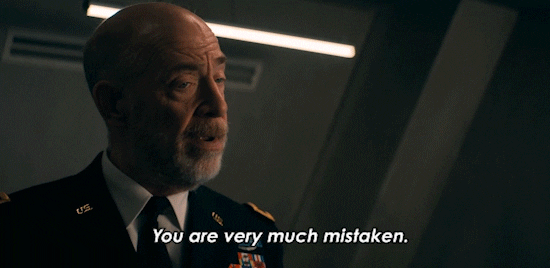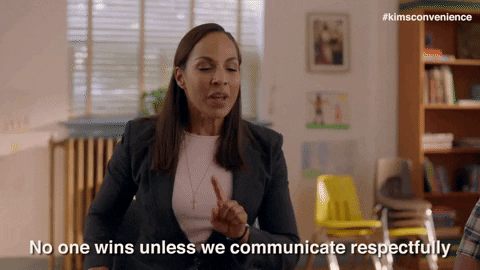
This logo isn't an ad or affiliate link. It's an organization that shares in our mission, and empowered the authors to share their insights in Byte form.
Rumie vets Bytes for compliance with our
Standards.
The organization is responsible for the completeness and reliability of the content.
Learn more
about how Rumie works with partners.
Worried that setting personal boundaries might harm your relationship?
Maybe you think establishing boundaries might destroy intimacy, aggravate tensions, and even get you ghosted. Or maybe you think setting boundaries isn't necessary.
 Boundaries help set expectations and limits around how you want to be treated.
Boundaries help set expectations and limits around how you want to be treated.
Having boundaries is a sign of a healthy relationship.
They allow you to feel safe, respected, and fulfilled.
Did you know?
Types Of Boundaries
Consider these 5 types of boundaries when creating boundaries with your partner.
 Mental boundary: protects your freedom to have your own thoughts, beliefs, values, and opinions.
Mental boundary: protects your freedom to have your own thoughts, beliefs, values, and opinions.Emotional boundary: refers to limits around inappropriate topics, sharing your feelings, dismissing emotions, and toxic venting.
Time/Energy boundary: helps you prioritize your time and manage the energy you put into relationships.
Physical boundary: includes your personal space, privacy, safety, sense of identity and decisions about self-care.
Material boundary: sets expectations for how possessions can be used and when.
Did you know?
Set Boundaries, Not Barriers

The goal in setting boundaries is not to make your partner act the way you would act.
It's not about hurting feelings, being harsh, or pushing people away.
Setting boundaries can:
Make you more self-aware and a better communicator.
Make you more respectful of your partner's own boundaries.
Help you and your partner have a thriving relationship.
Barriers to boundaries:
Feelings
Guilt
Fear of rejection
Worry about abandonment
Anxiety over confrontation
Behaviors
Being on the defensive
Passive aggressiveness
Superficial communication
Withdrawing from your partner
Did you know?
How To Create Healthy Boundaries
Don't feel uncomfortable or anxious about setting boundaries with your partner.
Creating healthy boundaries is an empowering skill you can learn.

3 steps to developing boundaries:
Use your values and priorities to identify boundaries. Is integrity important to you? Set clear expectations about being honest in the relationship.
Be aware of behaviors you can tolerate and accept, and those that make you feel unsafe. Does the idea of yelling during a disagreement make you uncomfortable? Tell your partner how you feel about it.
Pay attention to your feelings. Does a situation or person make you feel uncomfortable, resentful, or guilty? Time to set new boundaries or revisit old ones.
How To Communicate Your Boundaries
 Communicate your boundaries clearly, calmly, firmly, and respectfully.
Communicate your boundaries clearly, calmly, firmly, and respectfully.Use "I statements" to describe your feelings about your partner's behavior.
Stick to the facts without over-explaining, blaming, or becoming defensive.
Deal with pushback or anger calmly by responding instead of reacting.
Be consistent and prepare to take actions that honor your boundaries.
Quiz
Amy is having a pleasant conversation with her partner until he starts attacking her political views. Which response below would more likely stop her partner's behavior and enforce her mental boundary for freedom of opinion?
Amy knows that mental boundaries are not respected when someone dismisses another person’s ideas and opinions. She also knows that healthy boundaries are about controlling your own behaviors so she decides to not to argue or dismiss her partner. Agreeing to disagree protects her boundary and her partner's.
Did you know?
Take Action

Ready to set some boundaries?
Learn more about creating boundaries:
This Byte has been authored by
Chantal Lerebours
Learning Designer